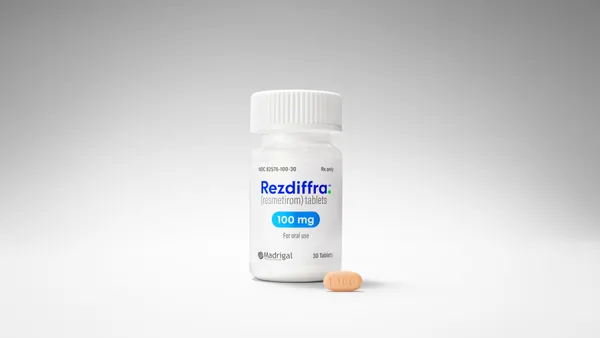Despite the concerns and negative press surrounding industry involvement in continuing medical education, industry support is more important than ever before. Public funding is limited, and industry supplements this deficit by con tributing more than half of all funding received for CME. With more states and medical orga nizations requiring physicians to participate in CME activities to maintain their professional licenses and memberships and with medical science evolving at an increasingly rapid rate, it would be difficult to dispute that with no other means of funding, without industry sup port, CME would be reduced and the quality of patient care affected. There is little argument that industry fund ing is needed. So why is industry not applaud ed more often for its generous contributions to advancing education? The issue is the per ception of the intent for support. The concern among many physicians, medical specialty groups, and governing and regulatory bodies is that industry’s funding of educational activities is motivated solely by the commercial goals of the company rather than by the educational needs of the learner and that CME is being used as a vehicle to conduct marketing and promotional activities under the guise of edu cation, with content presented that inevitably and preferentially highlights the company’s product. Whether this practice is as pervasive as crit ics claim or represents only isolated incidences, the results of the negative publicity are that the integrity of the industry is being challenged and the credibility of the education provided to physicians from industrysupported CME is being questioned. Industry can expect to face even further scrutiny and pressure with new regulations, codes, and guidelines that aim to further restrict its commercial influence on CME activ ities with the goal of increasing the quality of educational offerings and retaining CME’s inde pendence, despite the source of funding. Mitigating Negative Perceptions If industry is to avoid having further restrictions placed on its involvement with CME and if its CME dollars are to provide an effective return on investment, the perva sively negative perception surrounding its motivation for supporting CME programs will have to be mitigated. Likewise, industry’s perception of what constitutes a positive return on its CME invest ment may have to be redefined. To successfully position itself in the new CME environment, a company should look for opportunities to collaborate on programs being developed in conjunction with leading medical experts, academic centers, and med ical specialty groups. These programs are extremely wellreceived by participants because they provide highquality, practical training in response to specifically identified needs. Programs that are developed in strict com pliance with the standards set forth by the ACCME and the recommendations and opin ions of the AMA and the FDA assure credibility to participants and to companies that support these programs. Developing a Team Concept Once the negative perceptions of indus try involvement in CME neutralize and the industry is respected as a member of an overall team collaborating to advance the quality and effectiveness of healthcare edu Positioning Your Company in the New CME Environment Companies have an opportunity to realize a positive return on their CME investment by demonstrating their commitment to serving as a member of a health care education team. INDUSTRY ISSUES Laura Shepherd Managing Director FUSION MEDICAL EDUCATION LLC,Yardley, Pa., a division of Axis Healthcare Communications LLC, develops CME meetings, Webbased activities, training and precep tor programs, books, videos, and other appropriate media, all of which are in strict compliance with the PhRMA code, the standards set forth by the ACCME, and the recommendations and opinions of the FDA and the AMA. For more information, contact Laura Shepherd at 2155508307, email laura.shepherd@fusion
An article from


Positioning Your Company in the New CME Environment
Filed Under:
Commercialization







